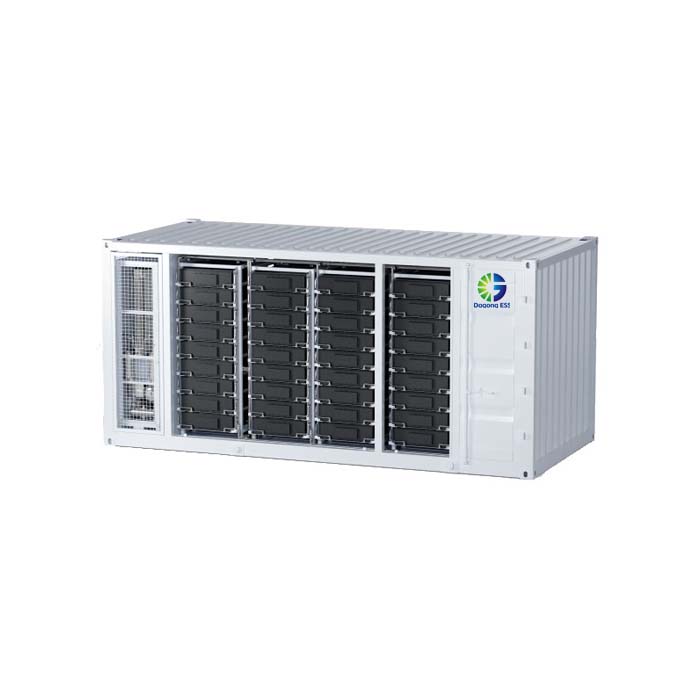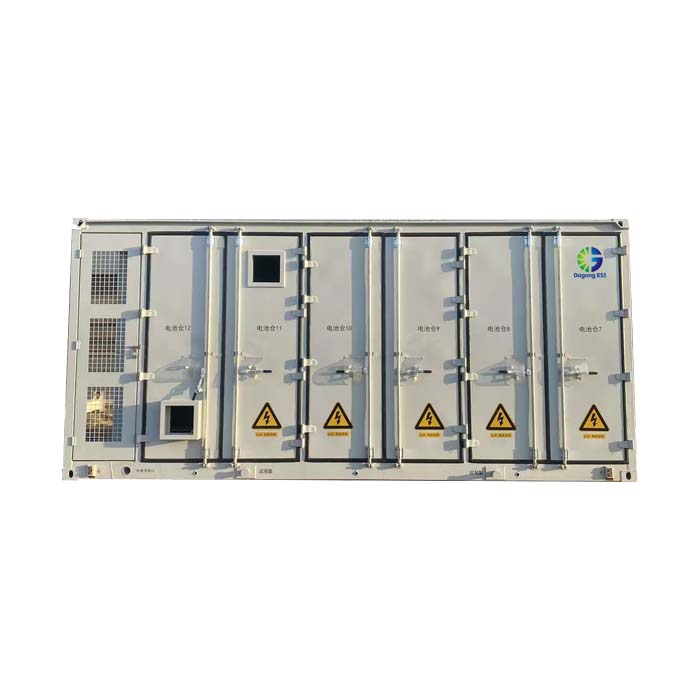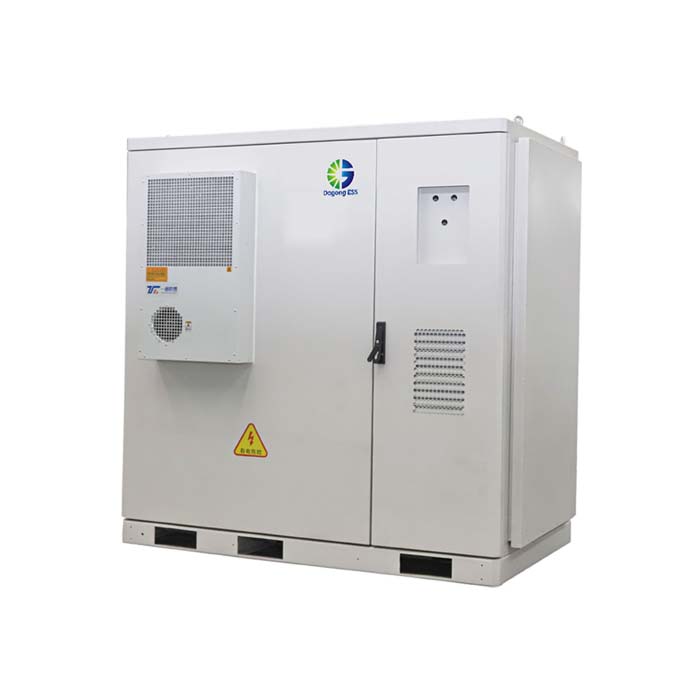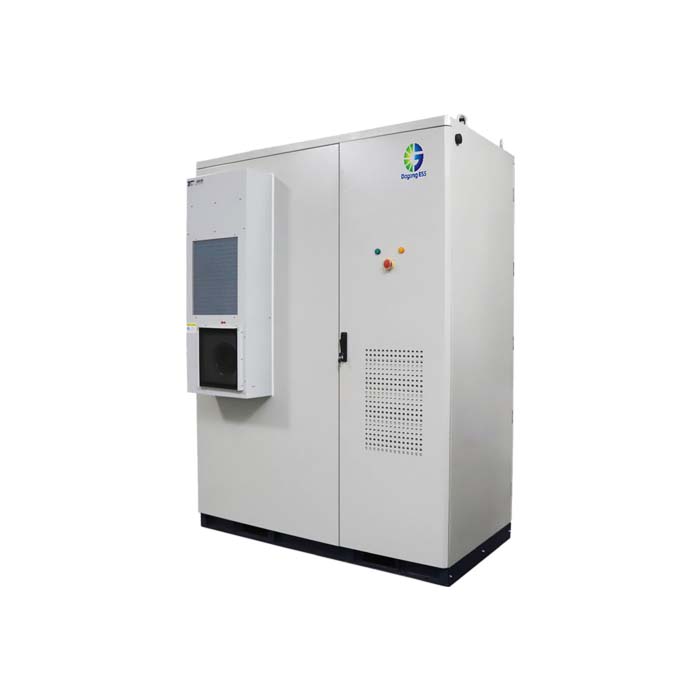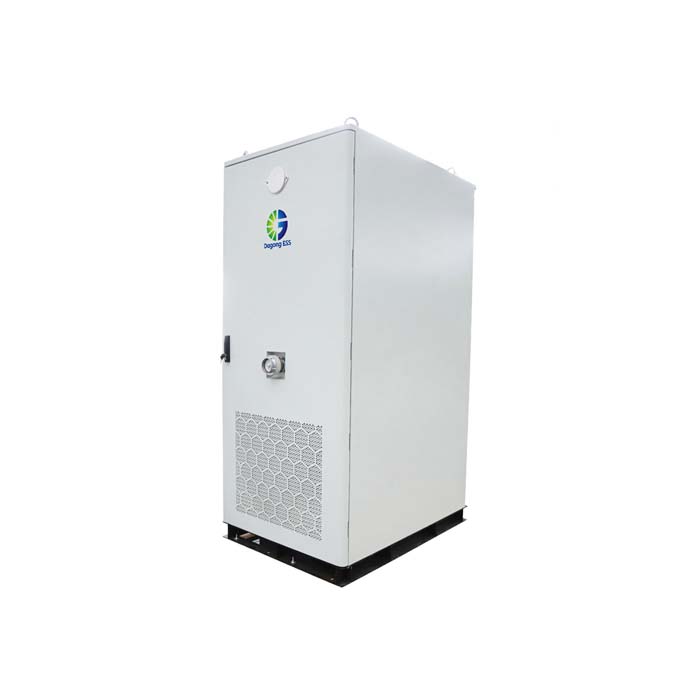Lithium-Ion Batteries: Is Keeping Them Fully Charged the Best Option?
Is It Best to Keep Lithium-Ion Batteries Fully Charged?
With the advancement of technology, lithium-ion batteries have become ubiquitous in our daily lives. From smartphones to electric vehicles and even home and industrial energy storage systems, lithium-ion batteries provide convenient power support. However, many people still have questions about how to properly maintain lithium-ion batteries, especially regarding whether they should be kept fully charged. This article will explore this issue and provide effective battery maintenance tips.
Charging Principles of Lithium-Ion Batteries
A lithium-ion battery is a rechargeable battery that works by storing and releasing energy through the movement of lithium ions between the positive and negative electrodes. During charging, lithium ions move from the negative electrode to the positive electrode, and during discharging, they return from the positive to the negative electrode. Lithium-ion batteries are known for their high energy density, long lifespan, and low self-discharge rate, making them widely used in various portable devices and energy storage systems.
The Impact of Keeping the Battery Fully Charged for Extended Periods
Although lithium-ion batteries are designed to tolerate being fully charged, keeping the battery at 100% charge for long periods is not ideal for battery health. Here are some reasons why:
1. Impact on Battery Lifespan
The lifespan of a lithium-ion battery is affected by its charging cycles. A charging cycle is typically considered to be from 0% to 100%. Each complete charge cycle slightly reduces the battery's lifespan. If the battery is kept at 100% charge for extended periods, it will put additional strain on the battery, accelerating its aging process and shortening its lifespan.
2. Pressure from High Voltage on the Battery
When the battery is fully charged, the internal voltage reaches its maximum value. High voltage intensifies the chemical reactions inside the battery, which over time can cause the materials within the battery to degrade, ultimately affecting the performance and capacity of the battery.
3. The Effect of Increased Temperature
During the charging process, especially when the battery is fully charged, some heat is generated. If the battery remains at 100% charge, particularly in high-temperature environments, the temperature of the battery may increase, potentially affecting its lifespan. Therefore, avoiding prolonged periods at high voltage is key to protecting the battery.
The Role of Dagong ESS Intelligent BMS System
To effectively prevent overcharging and deep discharging, the intelligent BMS (Battery Management System) of Dagong ESS plays a crucial role. The BMS continuously monitors key parameters such as voltage, temperature, and charging status, enabling precise management of the battery's charge and discharge process, thus preventing the battery from entering dangerous conditions. Specifically, the functions of the BMS include:
1. Preventing Overcharging and Deep Discharging
Dagong ESS’s intelligent BMS monitors the battery's charging status in real time and automatically adjusts the charging process to ensure the battery is neither overcharged nor deeply discharged. If the battery's voltage becomes too high or too low, the system will automatically disconnect the battery from the power source or load, protecting it from damage.
2. Temperature Monitoring and Management
The intelligent BMS also has temperature monitoring capabilities. It can measure the battery's temperature in real time, and if the temperature becomes too high, the BMS will adjust the charging speed or activate the cooling system to control the temperature, preventing performance degradation or safety issues due to excessive heat.
3. Battery Balancing Management
For battery packs composed of multiple individual cells, the BMS also balances the charge across cells to ensure the voltage of each individual cell is consistent. This prevents cells from being overcharged or over-discharged due to imbalanced charge levels, enhancing the overall performance and lifespan of the battery pack.
Through these intelligent management functions, Dagong ESS's BMS system not only improves battery safety but also significantly extends its lifespan, providing users with a more efficient and reliable energy storage solution.
How to Properly Maintain Lithium-Ion Batteries
To extend the lifespan of lithium-ion batteries, here are some effective charging and maintenance tips:
1. Keep the Battery Charge Between 20% and 80%
The ideal charging range is between 20% and 80%. Maintaining this charge range helps prevent the battery from staying at high voltage or experiencing deep discharge for extended periods, thus effectively prolonging the battery's lifespan.
2. Avoid Over-Discharging and Over-Charging
Try to avoid fully discharging the battery, and also avoid keeping it at 100% charge for long periods. If possible, try not to use devices or tools when the battery is completely drained.
3. Maintain an Appropriate Temperature
High temperatures are harmful to lithium-ion batteries, as excessive heat accelerates battery aging. Avoid exposing devices to excessively hot environments during charging or use, ensuring the battery stays within the recommended operating temperature range.
4. Regularly Check Battery Health
Many modern devices offer battery health monitoring features. Users can regularly check the battery’s health to ensure it is not experiencing significant capacity loss or damage.
Dagong ESS Products Showcase
Industrial & Commercial ESS:Industrial and commercial energy storage is a storage solution applied in industrial and commercial settings. It mainly consists of a battery system along with components such as EMS (Energy Management System), BMS (Battery Management System), and PCS (Power Conversion System). Its core functions include reducing electricity costs by leveraging the price difference between peak and off-peak hours, serving as an emergency backup power source during grid failures to ensure the operation of critical equipment, improving power quality by regulating power factor and mitigating harmonics, and balancing electricity load.
Residential ESS:The Residential Energy Storage System refers to energy storage solutions designed for residential or light commercial use. These systems allow for the efficient storage and management of electrical energy, typically derived from renewable sources such as solar panels, and can be used to power homes or small businesses during periods of high demand or when renewable energy generation is not available.
Price of Dagong ESS energy storage products equipped with high-performance BMS
The price of Dagong ESS energy storage products equipped with high-performance BMS is based on EXW (Ex Works) terms and may vary depending on the supplier, quantity, and market conditions.You may need to request a quote from a reputable energy storage system supplier to get the most accurate pricing. Please note that the final costs may vary based on fluctuations in raw material prices and exchange rates.
At Dagong ESS, we also place great importance on battery usage and maintenance, offering efficient, reliable energy storage solutions, especially with our intelligent BMS system, which helps users better manage the charge and discharge process and extend the battery system’s lifespan. If you have any questions about battery maintenance or energy storage systems, please feel free to contact us.
Frequently Asked Questions
Q1: Is it better to keep a battery fully charged?
A: No, it's generally not better to keep a battery fully charged for extended periods, especially for lithium-ion batteries, as it can lead to degradation and a shorter lifespan. Aiming for a charge level between 20% and 80% is often recommended for optimal battery health.
Q2: Is it better to charge to 80% or 100%?
A: Charging to 80% is better as the battery lasts so long anyway and you eliminate most high voltage stresses, this is what is optimal.
Q3: What percent should I stop charging?
A: The science of not charging your phone fully,But because of the way lithium-ion batteries work, in terms of their long-term health, something around 80-85 percent is the sweet spot when it comes to getting the most out of them.
Q4: What is the most optimal battery percentage?
A: What Is The Ideal Charging Percentage? In a perfect world, you would never let your phone drop below 20% or charge higher than 80% for the best battery life.



